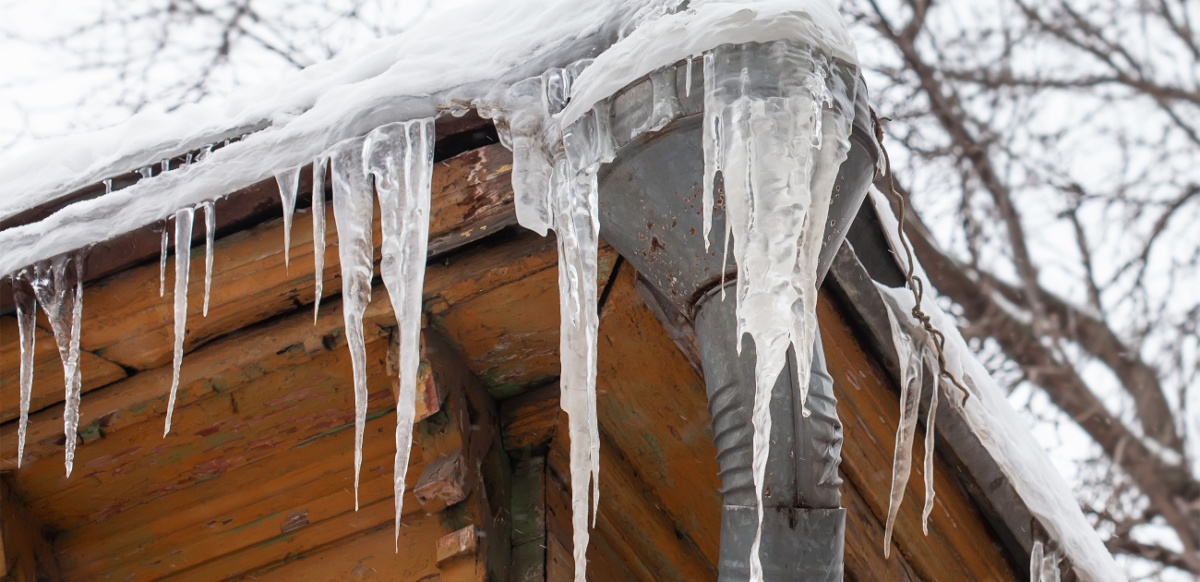The content down the page relating to How to Prevent Your Pipes From Freezing is extremely informative. Read it for yourself and decide what you think about it.

Cold weather can wreak havoc on your pipes, particularly by freezing pipes. Below's just how to avoid it from taking place and what to do if it does.
Intro
As temperature levels drop, the threat of frozen pipelines rises, potentially causing pricey repair work and water damage. Recognizing just how to stop icy pipes is important for home owners in cold climates.
Recognizing Icy Pipes
What triggers pipes to freeze?
Pipelines ice up when subjected to temperatures listed below 32 ° F (0 ° C) for prolonged periods. As water inside the pipelines ices up, it increases, taxing the pipeline wall surfaces and potentially causing them to break.
Dangers and damages
Icy pipelines can result in water supply disruptions, property damages, and costly repairs. Ruptured pipes can flooding homes and create substantial architectural damage.
Indications of Frozen Piping
Determining icy pipelines early can prevent them from bursting.
Exactly how to determine icy pipes
Try to find lowered water circulation from taps, unusual odors or noises from pipelines, and noticeable frost on revealed pipelines.
Prevention Tips
Shielding at risk pipes
Wrap pipes in insulation sleeves or make use of heat tape to secure them from freezing temperature levels. Focus on pipes in unheated or exterior areas of the home.
Heating techniques
Maintain indoor spaces adequately heated up, especially areas with pipes. Open cupboard doors to permit cozy air to circulate around pipelines under sinks.
Securing Outside Plumbing
Garden hose pipes and outside taps
Separate and drain garden pipes prior to wintertime. Mount frost-proof faucets or cover outdoor taps with protected caps.
What to Do If Your Pipelines Freeze
Immediate activities to take
If you suspect icy pipes, maintain taps open to relieve pressure as the ice melts. Use a hairdryer or towels soaked in hot water to thaw pipes gradually.
Long-Term Solutions
Structural modifications
Consider rerouting pipes away from outside walls or unheated areas. Include extra insulation to attics, basements, and crawl spaces.
Upgrading insulation
Invest in top notch insulation for pipelines, attics, and walls. Correct insulation assists preserve constant temperatures and minimizes the risk of frozen pipes.
Conclusion
Protecting against frozen pipes needs positive actions and quick responses. By recognizing the reasons, indicators, and preventive measures, property owners can safeguard their plumbing throughout cold weather.
5 Ways to Prevent Frozen Pipes
Drain Outdoor Faucets and Disconnect Hoses
First, close the shut-off valve that controls the flow of water in the pipe to your outdoor faucet. Then, head outside to disconnect and drain your hose and open the outdoor faucet to allow the water to completely drain out of the line. Turn off the faucet when done. Finally, head back to the shut-off valve and drain the remaining water inside the pipe into a bucket or container. Additionally, if you have a home irrigation system, you should consider hiring an expert to clear the system of water each year.
Insulate Pipes
One of the best and most cost-effective methods for preventing frozen water pipes is to wrap your pipes with insulation. This is especially important for areas in your home that aren’t exposed to heat, such as an attic. We suggest using foam sleeves, which can typically be found at your local hardware store.
Keep Heat Running at 65
Your pipes are located inside your walls, and the temperature there is much colder than the rest of the house. To prevent your pipes from freezing, The Insurance Information Institute suggests that you keep your home heated to at least 65 degrees, even when traveling. You may want to invest in smart devices that can keep an eye on the temperature in your home while you’re away.
Leave Water Dripping
Moving water — even a small trickle — can prevent ice from forming inside your pipes. When freezing temps are imminent, start a drip of water from all faucets that serve exposed pipes. Leaving a few faucets running will also help relieve pressure inside the pipes and help prevent a rupture if the water inside freezes.
Open Cupboard Doors
Warm your kitchen and bathroom pipes by opening cupboards and vanities. You should also leave your interior doors ajar to help warm air circulate evenly throughout your home.

I'm just very focused on How to Prevent Your Pipes From Freezing and I'm hoping you enjoyed the new blog posting. Sharing is caring. Helping others is fun. We treasure your readership.
Book-Now
Comments on “Essential Advice for Preventing Frozen Plumbing in Winter Seasons”